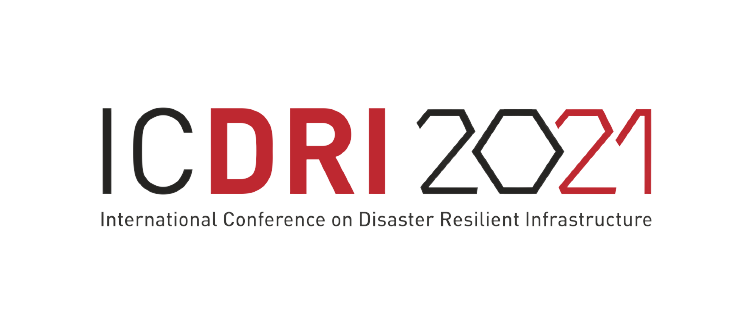Finance For Resilient Infrastructure
Day 3, 19 March 2021, 1430 - 1540 IST
Session Annotation:
Climate change and related hazards have rapidly evolved from being perceived as a long- and medium-term concern to an immediate threat to social and economic continuity worldwide. As exposure to these risks are only expected to grow over the next few decades, ensuring that both existing and new investments in infrastructure can perform their function under such circumstances, is critical. In parallel to the growth in exposure is the growth in infrastructure investment needs, often under-funded. Unless determined actions are taken, it is predicted that social and economic continuity will be increasingly disrupted over the coming decades. It is suggested that the private finance industry must play an important role in mobilizing private capital and partner with public institutions to advance investments in resilient infrastructure. This session will go beyond this narrative, and explore the real challenges and opportunities in mobilizing the private sector for investments in resilient infrastructure
Session Overview:
In recent decades, the world has witnessed a steep rise in direct economic losses due to disasters. Average annual direct economic losses which stood at 89 billion USD in (2000-2009)1 have almost doubled to 169 billion USD in the last decade [2010-2019]. Recent catastrophic events like Cyclone Fani (2019 in Odisha India), Nepal Earthquake (2015), and Japan Earthquake and Tsunami (2011) have highlighted that the loss and damages experienced in critical infrastructure sectors - transport, power, telecommunication - could be more than 60% of the total direct economic losses2. Damage to infrastructure systems tend to have catastrophic impacts on lives and livelihoods, bringing society to a standstill whilst placing a significant fiscal burden on government(s) to fund post-disaster recovery and reconstruction. In the most vulnerable regions, infrastructure-related risks coupled with other expected climate impacts can lead to increased macroeconomic risks, and even effect sovereign credit rating.
Investment in resilient infrastructure that can withstand the impacts of a changing climate and disasters will improve outcomes for governments, communities and investors alike. However, the world currently faces a significant shortage of investments in infrastructure as a whole while financing is a challenge. The Global Infrastructure Outlook report3 predicts that if current trends continue, there will be a shortfall of US $15 trillion in the estimated worldwide infrastructure demand of US $94 trillion by 2040. As long as resilience is seen as an additional cost, rather than a benefit to investment, mobilizing funds for resilience building will continue to be a challenge, especially in developing economies. It will take vision, innovation, governments, and the private sector working together to address the task at hand.
This session will go beyond the narrative of funding gaps, explore the challenges to financing disaster resilient infrastructure and focus on the role of the private sector in addressing them. The session will highlight some recent innovative financial solutions and policy developments that are creating avenues for greater public-private partnerships. It will also discuss the regulatory context within which such policy processes and instruments operate to understand the incentive system. Finally, the session will highlight the relevance of a comprehensive disaster risk financing strategy for the governments to effectively mitigate post-disaster losses and build-back-better. The gaps and opportunities highlighted through the discussion will form the CDRI Workplan for the coming years.
1 Data source: CRED/EMDAT (2020), available at www.emdat.be 2 Source: Based on an analysis Post-disaster Need Assessment (PDNA) studies and Govt. estimates following respective events. 3 Available at: https://www.gihub.org/Speakers
Partner Organization







